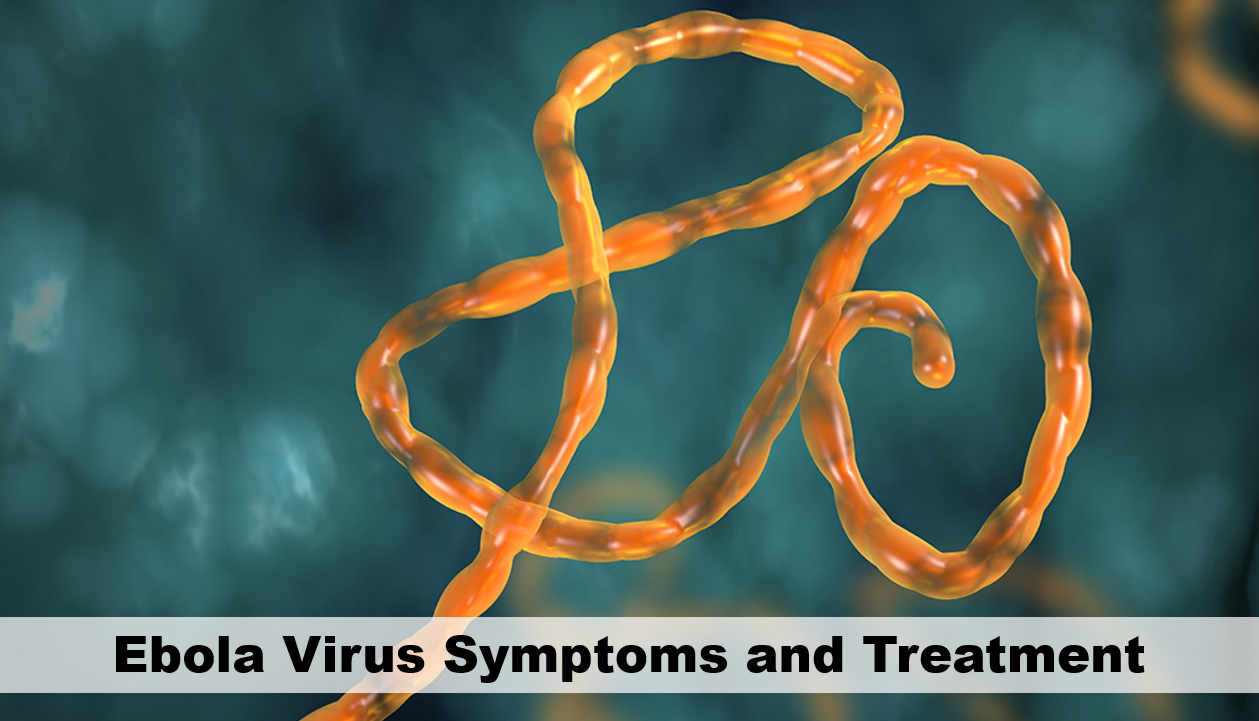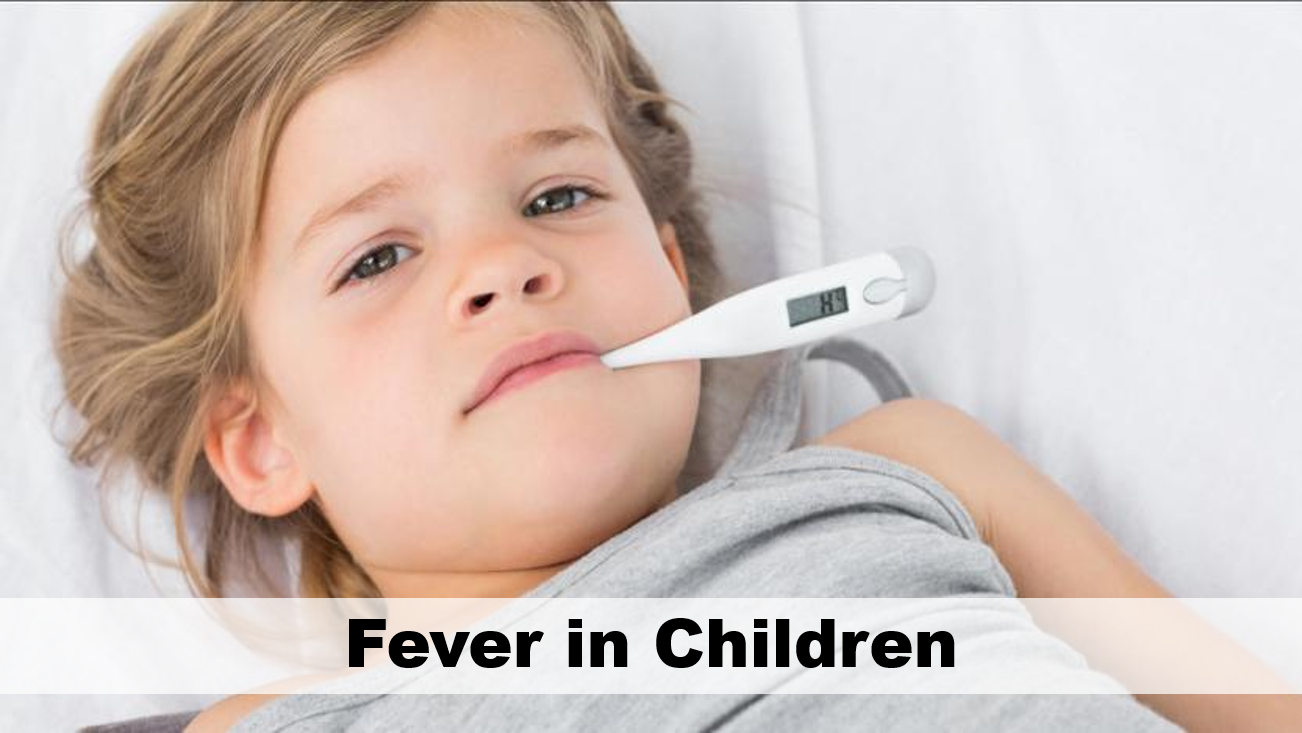What is Butterfly Disease, What are the Symptoms?

Butterfly disease, a hereditary skin disease that affects the person’s life extremely negatively with water bubbles formed on the skin, is a disease that progresses with the separation of the skin in the body. Because their skin is very sensitive, patients who have injuries where they are exposed to the slightest contact can lose their fingers, nails, feet. Although the exact cause of butterfly disease, which is a genetic disease, is not known, it is stated that it mostly occurs with the development of diseases in consanguineous marriage or other DNA accidents.
Butterfly Disease Symptoms
Butterfly disease shows symptoms such as redness extending from the back of the nose to the cheeks, increased with sun exposure, pain in the joints, as well as swelling, fever, weight loss. It is revealed as a result of skin biopsy taken together with the signs and symptoms. Thanks to today’s medical examinations, genes carrying the disease can be detected by genetic analysis from patients and family members.
Types of Butterfly Disease
There are three main types and side types of the disease:
- Epidermolysis Bullosa Simplex: It usually starts to become apparent with water collection at birth or immediately after birth. In a local and mild type called Webler Cockayne, bubbles overflow out of the hands and feet. In some side types of epidermolysis bullosa simplex, blisters form on the large part of the body.
- Epidermolysis Bullosa Junctional: This type of disease is generally severe and severe. It can lead to life-threatening dehydration (fluid loss) and complicated infections with large blisters and ulcer lesions on the face, trunk and legs.
- Epidermolysis Bullosa Dystrophic: In some dominant and slightly recessive types, it can be seen only in the hands, feet, elbows and knees. Soft tissue may be particularly affected by esophagus. In severe recessive types, it can lead to bubble, nail loss, growth retardation, inflammation of the eyes, tooth decay, and sticking to the fingers in large areas of the body. There is a high risk of developing a skin cancer called ‘Sguamos cell carsinoma.’
Positive Pregnancy Test But No Symptoms
Why should we apply sunscreen? How to Choose a Skin Care Cream? How Many Factors Should Be?





